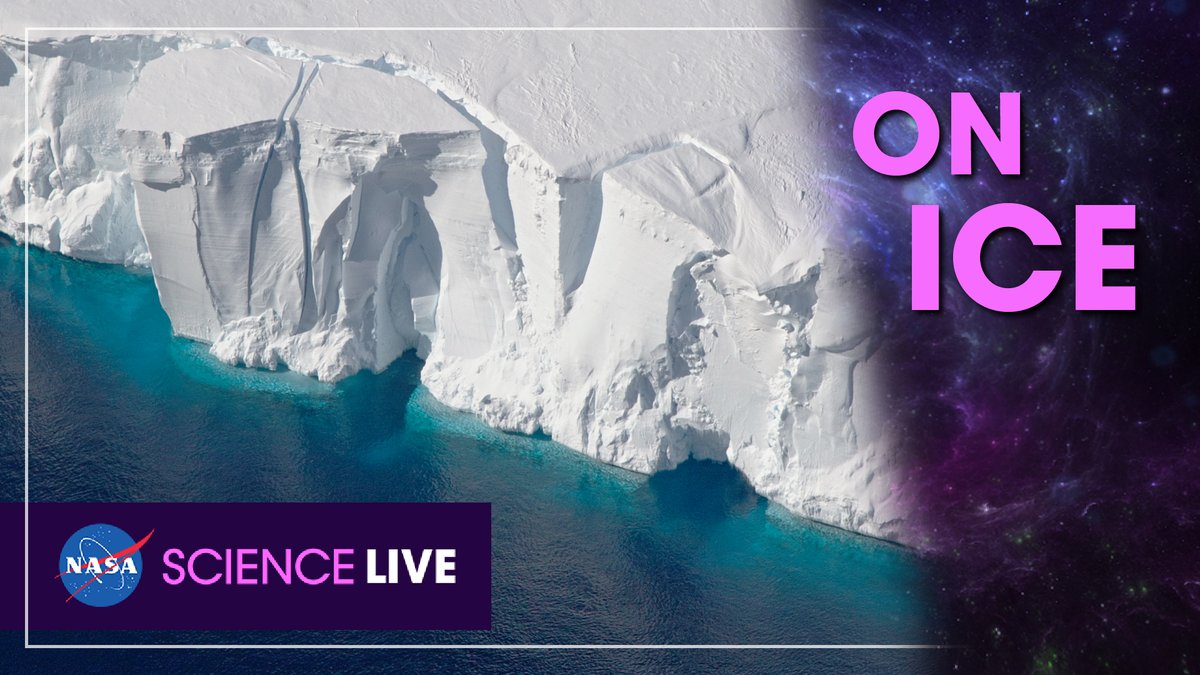
NASA’s favorite (habitable) planet. 🌎💚 Studying Earth from ground to orbit. Verification: https://t.co/86cw0iJQEy
How to get URL link on X (Twitter) App


 “This July was massively warmer than any previous July and any previous month on record, which goes back to 1880,” said @NASAGISS Director Gavin Schmidt.
“This July was massively warmer than any previous July and any previous month on record, which goes back to 1880,” said @NASAGISS Director Gavin Schmidt. https://twitter.com/NASAGISS/status/1691102516866383872


 1. It will identify the composition of mineral dust from Earth’s arid regions.
1. It will identify the composition of mineral dust from Earth’s arid regions. 


 Dr. Kate Calvin is @NASA’s Chief Scientist and Senior Climate Advisor. She connects climate science across the agency so we can better understand how our planet is changing. #IWD2022 #InternationalWomensDay
Dr. Kate Calvin is @NASA’s Chief Scientist and Senior Climate Advisor. She connects climate science across the agency so we can better understand how our planet is changing. #IWD2022 #InternationalWomensDay 
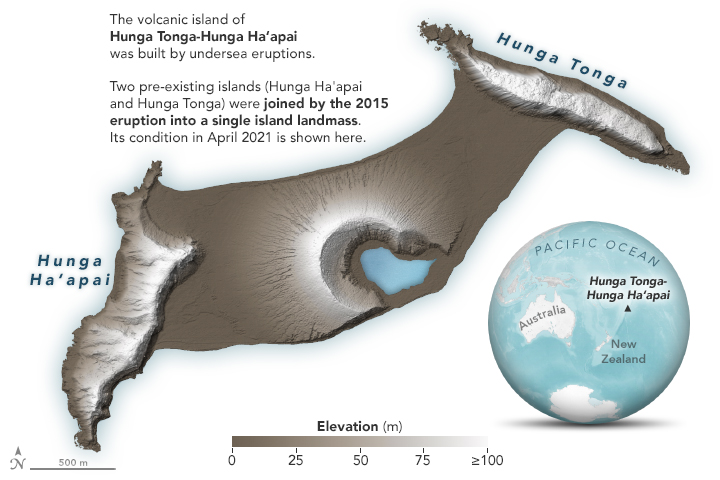

 “This is a preliminary estimate, but we think the amount of energy released by the eruption was equivalent to somewhere between 4 to 18 megatons of TNT,” said Jim Garvin. 🌋
“This is a preliminary estimate, but we think the amount of energy released by the eruption was equivalent to somewhere between 4 to 18 megatons of TNT,” said Jim Garvin. 🌋

 1. Overall, sea ice extent is declining. Each year, sea ice grows and shrinks with the seasons. As global temperatures warm, the annual minimum extent of sea ice in the Arctic is declining, each year losing an area about the size of West Virginia.
1. Overall, sea ice extent is declining. Each year, sea ice grows and shrinks with the seasons. As global temperatures warm, the annual minimum extent of sea ice in the Arctic is declining, each year losing an area about the size of West Virginia. 



 Take a close look at photos of these four key features found near Lake Salda. The Perseverance team hopes to find similar features on Mars. 👀
Take a close look at photos of these four key features found near Lake Salda. The Perseverance team hopes to find similar features on Mars. 👀 
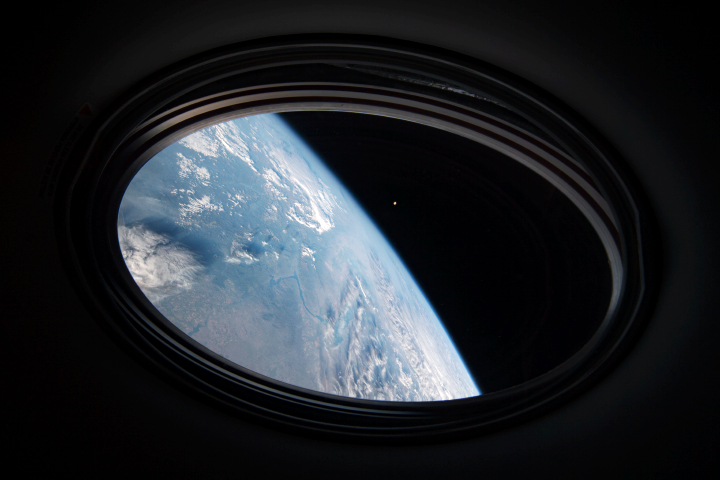
 Earth has a solid inner core that is almost as hot as the surface of the Sun. Earth’s core gets as hot as 9,800 degrees Fahrenheit, while the surface of the Sun is about 10,000 degrees Fahrenheit. Right, @NASASun?
Earth has a solid inner core that is almost as hot as the surface of the Sun. Earth’s core gets as hot as 9,800 degrees Fahrenheit, while the surface of the Sun is about 10,000 degrees Fahrenheit. Right, @NASASun? 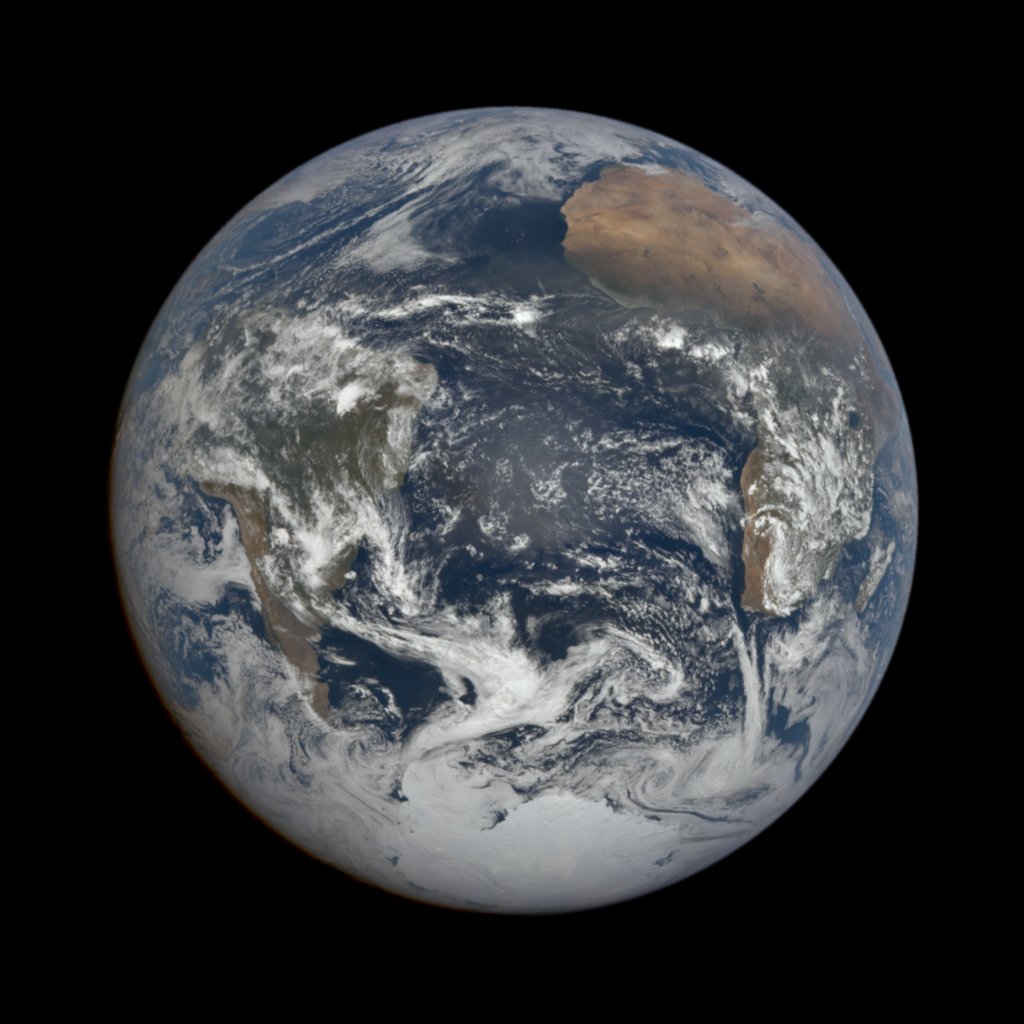
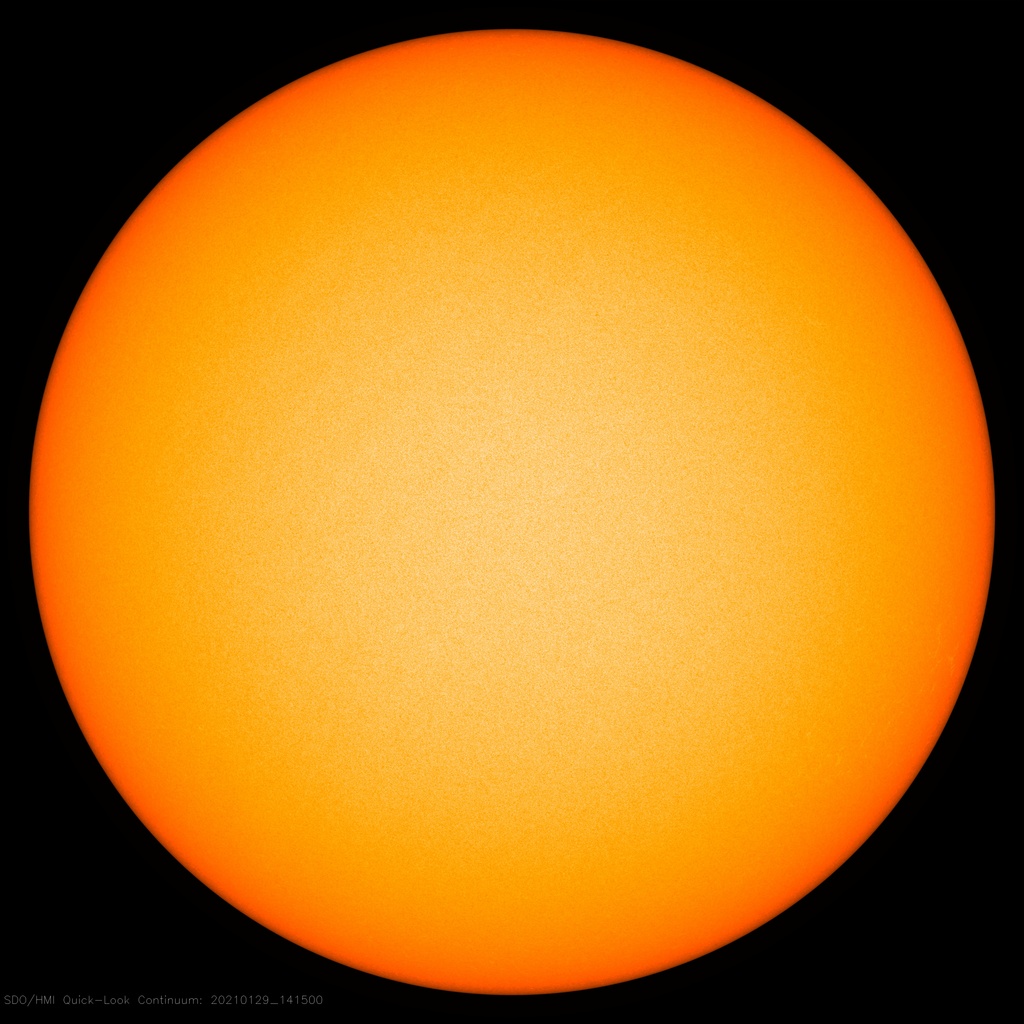


 Sea level isn’t uniform around the planet. Tides and currents, the density and temperature of water, and landforms can affect where the ocean piles up. We know this because we measure the shape of the ocean using radar altimetry.
Sea level isn’t uniform around the planet. Tides and currents, the density and temperature of water, and landforms can affect where the ocean piles up. We know this because we measure the shape of the ocean using radar altimetry.






